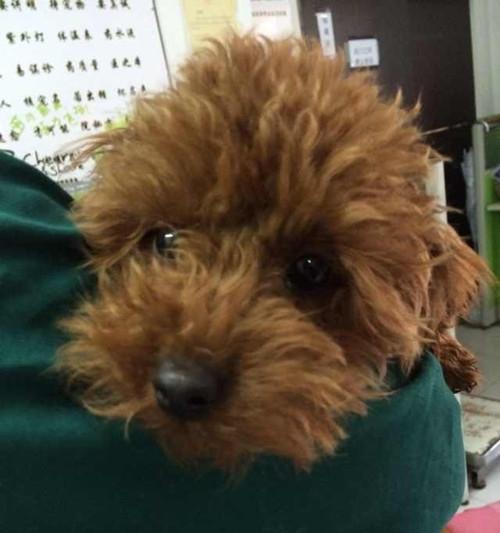The development of urbanization and the requirements of the country, as well as the time, energy and the beauty of pets, have imposed constraints and restrictions on people's favorite dogs and breeds.
A teddy is actually a type of poodle.

Double rows of teeth, also known as deciduous teeth not falling off, begin to change teeth when young animals are three and a half months old, and the deciduous teeth begin to fall out, and the process of basically changing teeth ends at 6 months, but the dog is 8 months old.
Puppies who are defined as double-rowed teeth often have gingivitis and space-occupying lesions, which can lead to difficulty in eating, the fall of food residues, and the formation of plaque, tartar, and even calculus after prolonged stimulation.
This is not an alarmist, it is because I have encountered too many dental diseases recently, some of them died, some of them recovered, some of them were paid attention to and treated in time, and some of them were delayed for too long and delayed the treatment, which made me feel deeply.
For double row teeth, the most effective way is to pull out the deciduous teeth. The roots of the deciduous teeth are very deep, so special tools must be used, that is, special forceps for deciduous teeth, tooth elevators, and professional and skilled operation techniques. Do not leave the roots in the alveolar bone.
Indications for tooth extraction:
1. Broken teeth that cannot be repaired;
2. Discord (severe damage that cannot be repaired);
3. Retention of deciduous teeth;
4. Causes crowded supernumerary teeth;
5. Wrong teeth;
6. Teeth on the fracture line of the jaw (cannot provide stable retention);
7. Teeth with periodontal disease;
8. Severe chronic stomatitis;
9. Deformed teeth leading to inflammation and periodontal disease;
10. Dislocated or subluxated teeth (including embedded teeth);
11. Ambush (unerupted) teeth;
12. Teeth damaged by osteoclast resorption.
